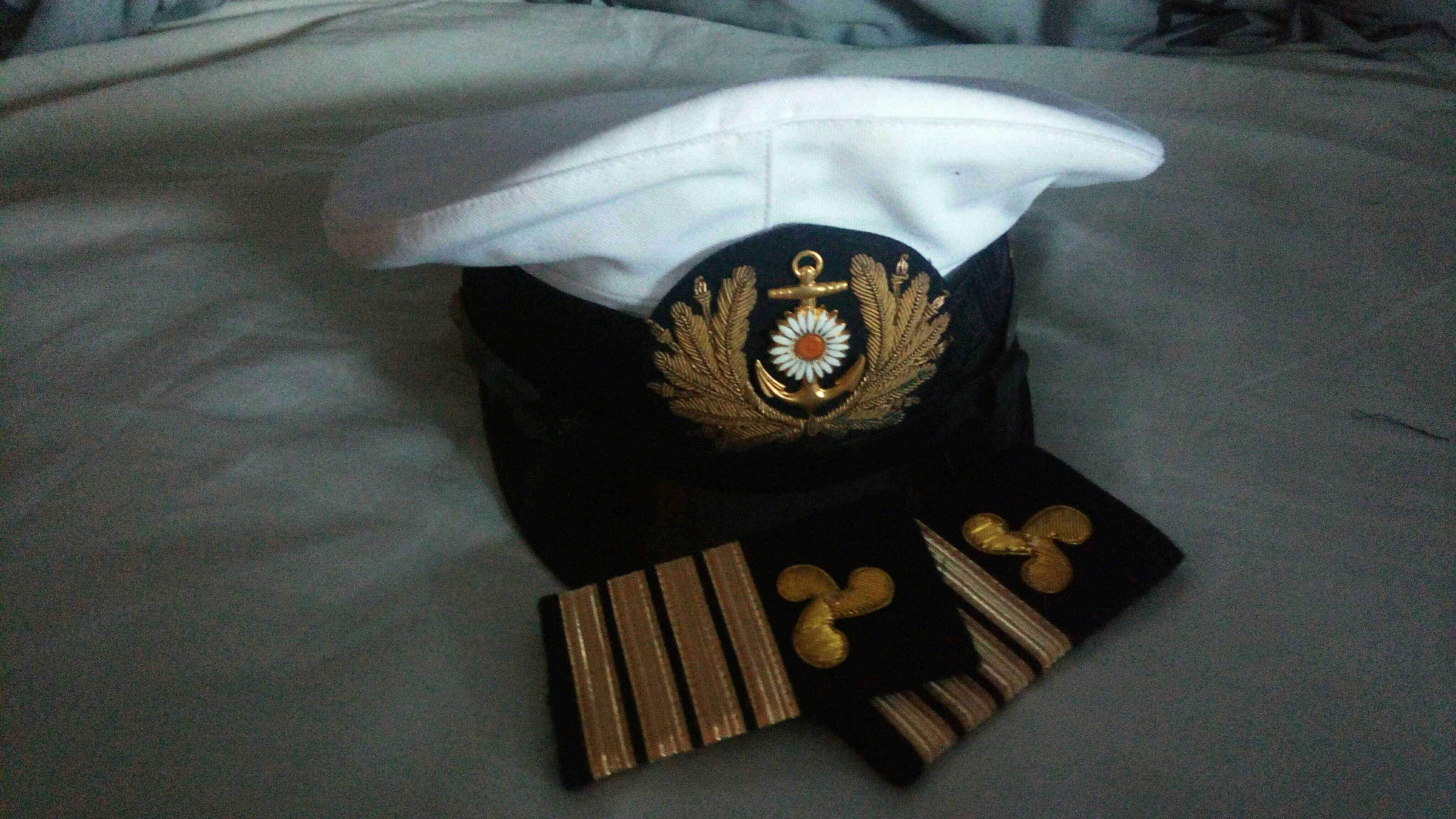Cape of Good Hope
Introduction
The Cape of Good Hope is the rocky tip of a small penninsula on the Atlantic coast on the South West corner of Africa. The city Cape Town is located near it, and it's an important waypoint for ships on the route around Africa.
Nicknames
- Cape of Storms
- the Cape
- Tavern of the Seas (for Cape Town)
History
During the 15th century the Portuguese explorers reached the Far East and first called this the Cape of Storms in respons to the encountered weather, later it was changed to Cape of Good Hope for the optimism passing this point ment to sailors.
In he 17th century the Dutch created a permanent trade post, after the sailors had been trading for freshwater and food with the local population before. This was the start of the city Cape Town.
Southern point of Africa
Contrary to common believe the Cape of Good Hope is not the most southern point of Africa, that would be Cape Agulhas, 80 nm ESE. Cape Agulhas is also the point where the warm-water ocean current from the Atlantic Ocean (Angulhas current) and cold-water ocean current from theIndian Ocean (Benguela current) collide. The Cape of Good Hope is the point where ships heading for the Far East from Europe start traveling more East then South.

Rose was nervous as they approached Table Bay, they didn't frequently go into big ports. Well legally at least. And she was anxious about what might happen here. The troubles they had in the Gulf of Guinnea had proven to be just the start of their problems. They where happy to have taken the rough stones onboard near the Sperrgebiet with much incidents. Now they had to find the cutter in Cape Town that was arranged to polish the diamants up and than ship them back to the Caribbean, all without avoiding the authorities and not having another run in with El Patético. Rose hoped it wouldn't take to long.
Flying Dutchman
The myth of the Flying Dutchman a 17th century Dutch Spiegelretourschip rumoured to be forever roaming the seas around the Cape.
Cape Town
Cape town started as a trading post for ships going to and coming back from the Far East they stopped there to take fresh water and food onboard. In the beginning, the ships traded with the local population, but after a Dutch ship shipwrecked in Table Bay, a permanent settlement created after that. The growing demand of the settlement and the passing ships attracted Dutch and German farmers and because of their presence Cape Town attracted others again and grew more.
Table mountain
Table mountain is a famous landmark, a wide mountain with a flat table like top. Located south of the city. The mountain is 1086 meters high, and the top is 3 km across.
False bay
Is a large bay to the south of Cape Town and was so named because it was often mistaken by ships returning from the Far East as they rounded Cape Hangklip thinking that was Cape of Good Hope and they tried to make for Cape Town




Oh that's interesting that it's not the most South point! Does that mean that the biggest storm happen in the cape of Agulhas or is it the whole zone that is dangerous?
I think the whole area between Cape of Good Hope to Cape Agulhas can be dangerous. As most storms come from the Atlantic, roughly from the north west, so they can make landfall in the whole region.